Looking after your body
 Audio for slide 1 (mp3 |6|KB)
Audio for slide 1 (mp3 |6|KB)
It can also cause other injuries, such as muscle or joint strains in your legs, shoulders and arms.
Below are some hints on how to avoid manual handling injuries while you're moving heavy items around the jobsite.

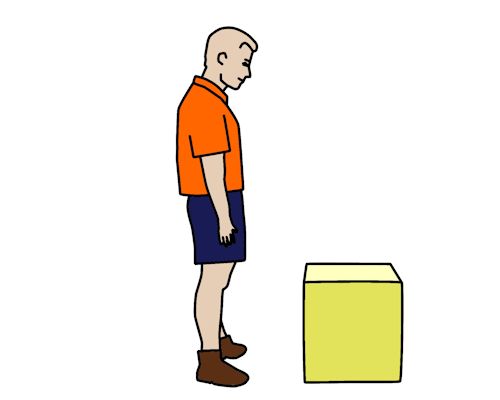 Audio for slide 9 (mp3 |6|KB)
Audio for slide 9 (mp3 |6|KB)
Carrying items by hand
Even with the aid of mechanical devices, you still need to use good manual handling practices while you're lifting materials into position.
There are also many times when the only practical way to take items to the installation area is to physically carry them.
Here are some hints on carrying items by hand.

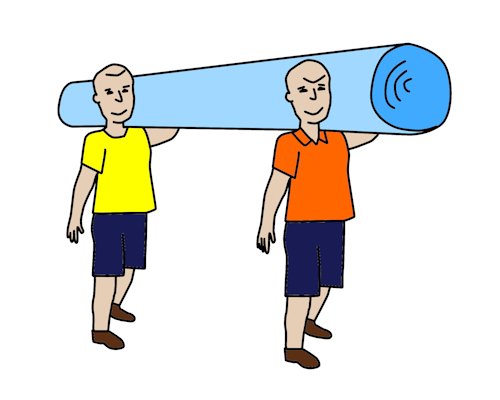 Audio for slide 15 (mp3 |6|KB)
Audio for slide 15 (mp3 |6|KB)
But remember, if you're lifting and carrying carpet with an offsider, good communication is vitally important.
You both need to work in unison and know exactly what the other person is about to do.


Learning activity
Audio 16 (mp3 |6|KB)Some installers like to do stretching exercises before they start any heavy work, particularly if they haven't warmed up yet or they're nursing an old injury.
There are lots of stretches and warm up exercises you could do. If you are a swimmer or play sport on weekends you may already be doing these sorts of activities.
See if you can think of a couple of examples suitable for a floor layer about to unload and carry heavy rolls of flooring into the installation area. Describe the exercises and the benefit they would give you.

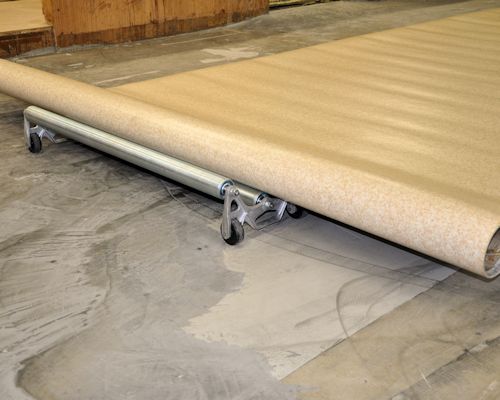
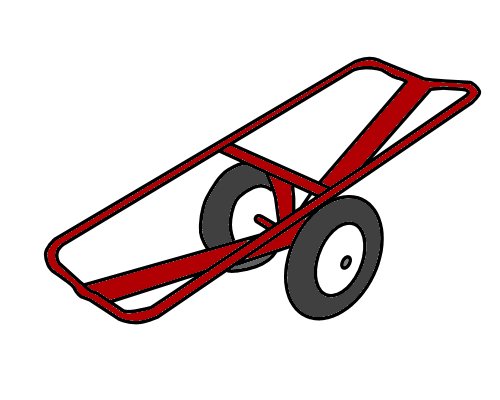
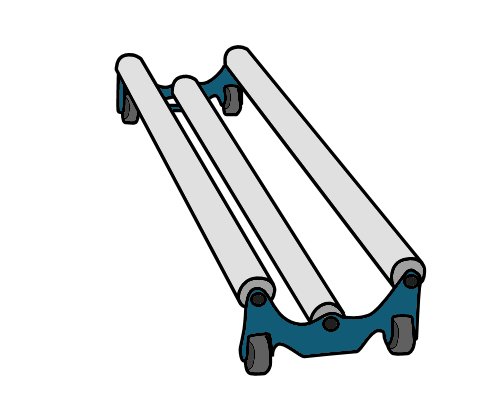


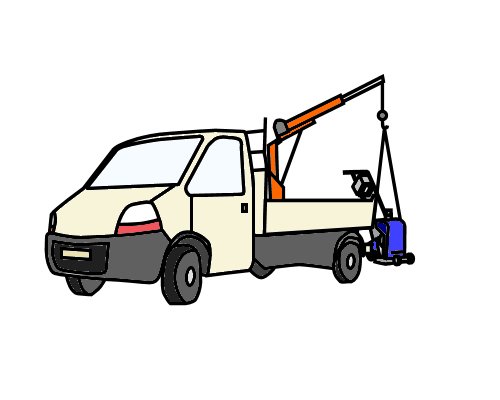

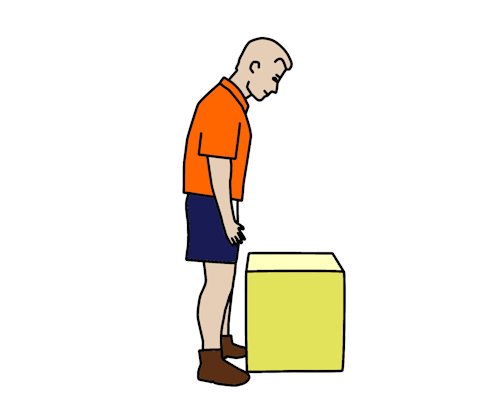

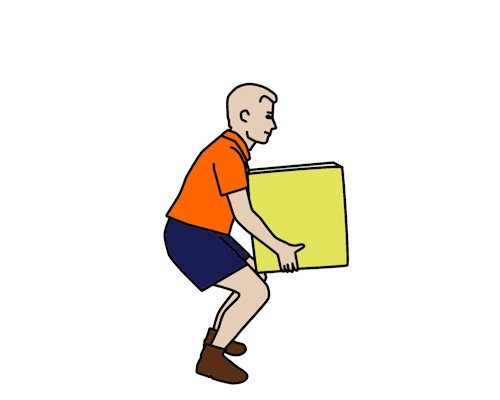

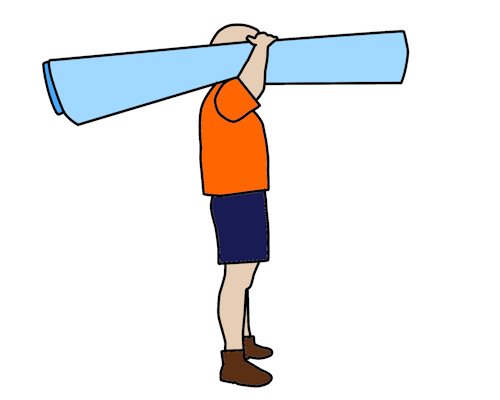
 Go to
Go to